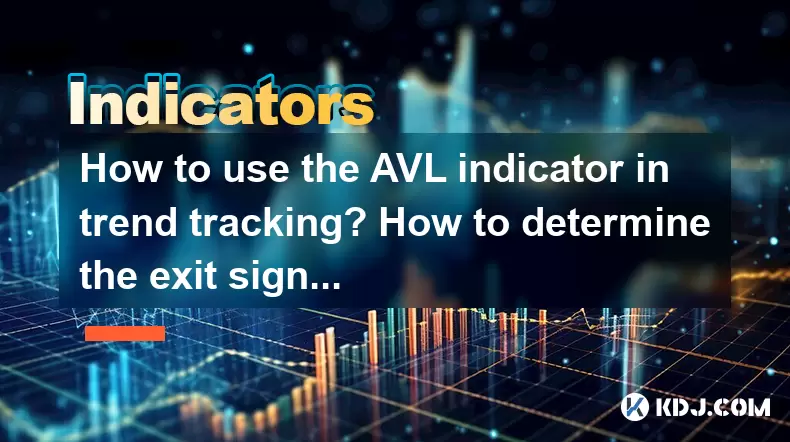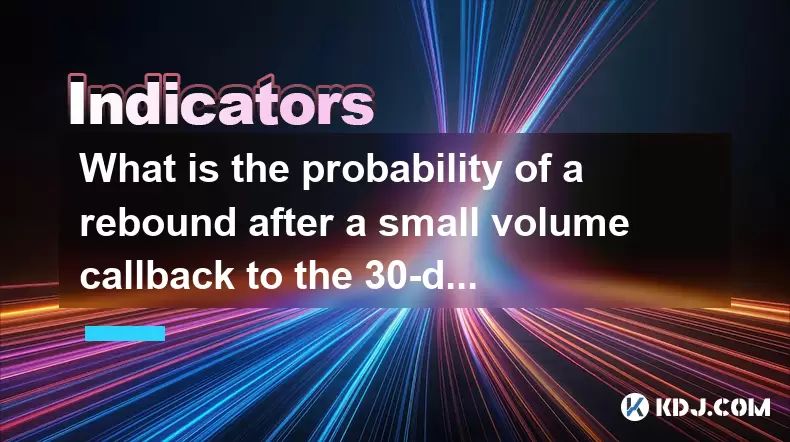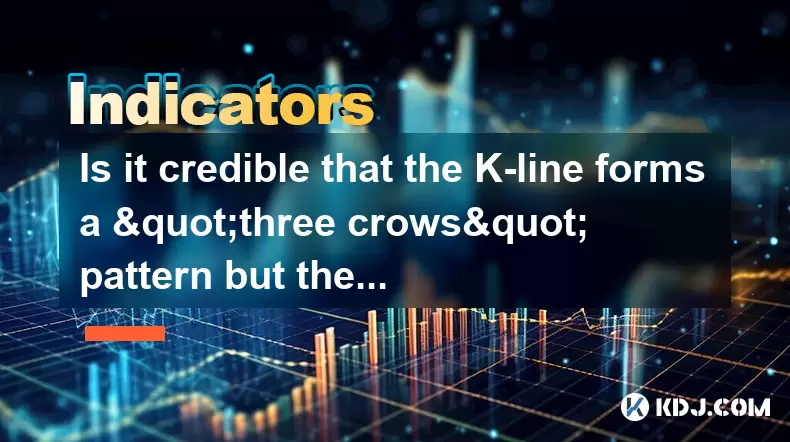-
 Bitcoin
Bitcoin $105,497.5085
4.42% -
 Ethereum
Ethereum $2,422.4861
8.54% -
 Tether USDt
Tether USDt $1.0008
0.06% -
 XRP
XRP $2.1637
7.27% -
 BNB
BNB $640.6631
3.94% -
 Solana
Solana $144.7501
9.37% -
 USDC
USDC $1.0000
0.01% -
 TRON
TRON $0.2732
3.36% -
 Dogecoin
Dogecoin $0.1648
8.94% -
 Cardano
Cardano $0.5829
7.81% -
 Hyperliquid
Hyperliquid $38.1039
6.54% -
 Sui
Sui $2.8200
15.09% -
 Bitcoin Cash
Bitcoin Cash $463.0927
1.91% -
 Chainlink
Chainlink $12.9052
10.84% -
 UNUS SED LEO
UNUS SED LEO $9.1023
1.10% -
 Stellar
Stellar $0.2456
7.38% -
 Avalanche
Avalanche $18.0376
9.64% -
 Toncoin
Toncoin $2.9069
6.48% -
 Shiba Inu
Shiba Inu $0.0...01160
10.05% -
 Litecoin
Litecoin $85.0951
6.12% -
 Hedera
Hedera $0.1513
13.24% -
 Monero
Monero $308.4459
3.65% -
 Ethena USDe
Ethena USDe $1.0008
0.04% -
 Polkadot
Polkadot $3.4084
8.03% -
 Dai
Dai $1.0003
0.02% -
 Bitget Token
Bitget Token $4.1719
3.32% -
 Uniswap
Uniswap $6.8443
9.44% -
 Pepe
Pepe $0.0...09942
12.13% -
 Pi
Pi $0.5357
6.85% -
 Aave
Aave $256.4669
12.95%
How to use the AVL indicator in trend tracking? How to determine the exit signal?
The AVL indicator smooths volume data to help crypto traders track trends and identify entry/exit points, enhancing decision-making in volatile markets.
May 22, 2025 at 05:28 am

The AVL (Average Volume Line) indicator is a powerful tool used in the cryptocurrency trading community to track trends and make informed decisions about entry and exit points. This article will guide you through the process of using the AVL indicator for trend tracking and determining exit signals, ensuring you have a comprehensive understanding of its application.
Understanding the AVL Indicator
The AVL indicator is designed to smooth out the volume data of a cryptocurrency, providing traders with a clearer picture of market trends. It calculates the average volume over a specified period, helping traders identify whether the volume is increasing or decreasing. This information is crucial for determining the strength of a trend. The AVL indicator is typically represented as a line on a chart, which moves in conjunction with the volume data.
Setting Up the AVL Indicator
To use the AVL indicator effectively, you must first set it up on your trading platform. Here’s how you can do it:
- Select your trading platform: Ensure that your chosen platform supports the AVL indicator. Popular platforms like TradingView and MetaTrader often include this tool.
- Add the AVL indicator: Navigate to the indicators section of your platform and search for the AVL indicator. Once found, add it to your chart.
- Adjust the settings: The default settings for the AVL indicator might not suit your trading strategy. Adjust the period length to a value that aligns with your trading timeframe. A shorter period will provide more sensitive readings, while a longer period will smooth out the data further.
Using the AVL Indicator for Trend Tracking
Once the AVL indicator is set up, you can begin using it to track trends in the cryptocurrency market. Here’s how:
- Identify trend direction: Look at the direction of the AVL line. If it’s moving upwards, it indicates an increasing volume, suggesting a strengthening trend. Conversely, a downward-moving AVL line indicates decreasing volume, suggesting a weakening trend.
- Confirm trend strength: Compare the AVL line with the price action. If the price is rising and the AVL line is also rising, it confirms a strong bullish trend. If the price is falling and the AVL line is falling, it confirms a strong bearish trend.
- Watch for divergences: Pay attention to any divergences between the price and the AVL line. If the price is rising but the AVL line is falling, it could signal a potential reversal. Similarly, if the price is falling but the AVL line is rising, it could indicate a potential bullish reversal.
Determining Entry Points with the AVL Indicator
Using the AVL indicator to determine entry points can help you capitalize on emerging trends. Here’s how to do it:
- Look for trend confirmation: Wait for the AVL line to confirm the trend direction. If you’re looking to enter a long position, wait for the AVL line to start rising alongside an increasing price.
- Identify volume spikes: Pay attention to sudden spikes in the AVL line, which can indicate significant volume changes. These spikes can serve as entry points if they align with your trend analysis.
- Combine with other indicators: For more accurate entry points, combine the AVL indicator with other technical indicators like moving averages or the Relative Strength Index (RSI). This multi-indicator approach can provide a more robust entry signal.
Determining Exit Signals with the AVL Indicator
Determining when to exit a trade is just as important as knowing when to enter. The AVL indicator can help you identify exit signals effectively. Here’s how:
- Monitor trend reversal: Keep an eye on the AVL line for signs of a trend reversal. If the AVL line starts to move in the opposite direction of the current trend, it could signal an impending reversal.
- Watch for volume divergence: If the price continues to move in the direction of the trend but the AVL line starts to diverge, it could indicate weakening momentum. This divergence can serve as an exit signal.
- Set stop-loss levels: Use the AVL indicator to set dynamic stop-loss levels. For instance, if the AVL line starts to decline in a bullish trend, consider setting your stop-loss just below the recent low.
Practical Example of Using the AVL Indicator
To illustrate how the AVL indicator can be used in real-world trading scenarios, let’s consider a hypothetical example involving Bitcoin (BTC).
- Scenario: You’re tracking Bitcoin and notice that the price is steadily increasing over the past few weeks. You want to confirm the trend and find an entry point.
- Step 1: You add the AVL indicator to your Bitcoin chart and set the period to 14 days for a medium-term view.
- Step 2: You observe that the AVL line is also rising alongside the price, confirming a strong bullish trend.
- Step 3: You wait for a volume spike on the AVL line, which occurs when Bitcoin breaks above a key resistance level. This spike serves as your entry signal, and you enter a long position.
- Step 4: As the trend continues, you monitor the AVL line for any signs of reversal. After a few days, you notice that the AVL line starts to flatten while the price continues to rise, indicating a potential divergence.
- Step 5: You decide to exit your position to lock in profits, using the divergence as your exit signal.
FAQs
Q: Can the AVL indicator be used for short-term trading?
A: Yes, the AVL indicator can be used for short-term trading by adjusting the period length to a shorter timeframe, such as 5 or 10 days. This will provide more sensitive readings that are suitable for short-term trading strategies.
Q: How does the AVL indicator compare to other volume-based indicators?
A: The AVL indicator is similar to other volume-based indicators like the On-Balance Volume (OBV) and the Volume Weighted Average Price (VWAP). However, the AVL indicator focuses specifically on smoothing the volume data, making it easier to identify trends and divergences.
Q: Is the AVL indicator effective in all market conditions?
A: While the AVL indicator is a useful tool, its effectiveness can vary depending on market conditions. In highly volatile markets, the AVL indicator might produce more false signals. Therefore, it’s important to combine it with other indicators and use it as part of a comprehensive trading strategy.
Q: Can the AVL indicator be used on any cryptocurrency?
A: Yes, the AVL indicator can be applied to any cryptocurrency that has sufficient trading volume data. It’s particularly useful for tracking trends in major cryptocurrencies like Bitcoin and Ethereum, but it can also be used for smaller altcoins with active trading markets.
Disclaimer:info@kdj.com
The information provided is not trading advice. kdj.com does not assume any responsibility for any investments made based on the information provided in this article. Cryptocurrencies are highly volatile and it is highly recommended that you invest with caution after thorough research!
If you believe that the content used on this website infringes your copyright, please contact us immediately (info@kdj.com) and we will delete it promptly.
- Circle's Stablecoin Soars: A $62 Billion Power Play
- 2025-06-24 06:25:12
- Ruvi AI: Is It Really Poised to Eclipse Tron and Other Crypto Giants?
- 2025-06-24 07:05:12
- Neo Pepe Coin: The Meme Token Taking Over Crypto Presales
- 2025-06-24 06:45:12
- Solana, Pepe, and Crypto Risk: Navigating the Meme Coin Mania
- 2025-06-24 07:05:12
- COIN Act: Curbing Crypto Profiteering by Public Officials – A Necessary Step?
- 2025-06-24 06:25:12
- Ethereum Whales Accumulate: Smart Money Betting on ETH Rebound?
- 2025-06-24 07:25:16
Related knowledge

What does the continuous rise of the ADX line of the DMI indicator in the downward trend indicate?
Jun 24,2025 at 05:00am
Understanding the DMI Indicator and Its ComponentsThe Directional Movement Index (DMI) is a technical analysis tool that helps traders identify the strength and direction of a trend. It consists of two primary components: the +DI (Positive Directional Indicator) and the -DI (Negative Directional Indicator). The ADX line, which stands for Average Directi...

What is the probability of a rebound after a small volume callback to the 30-day moving average to get support?
Jun 24,2025 at 05:08am
Understanding the 30-Day Moving Average in Cryptocurrency TradingIn cryptocurrency trading, the 30-day moving average (MA) is a widely used technical indicator that helps traders identify potential support and resistance levels. It calculates the average closing price of an asset over the last 30 days, smoothing out short-term volatility and providing a...

How to interpret that the time-sharing chart shows "volume and price rise together" but the MACD red column shortens?
Jun 24,2025 at 01:08am
Understanding the Concept of 'Volume and Price Rise Together'In cryptocurrency trading, when a time-sharing chart shows that both volume and price rise together, it is typically interpreted as a sign of strong buying pressure. This means more traders are entering long positions, pushing the price higher while increasing the trading volume. This phenomen...

Is it contradictory that the moving average system is arranged in a bullish pattern but the DMI shows a decline in trend strength?
Jun 23,2025 at 11:43pm
Understanding the Moving Average and DMI RelationshipIn cryptocurrency trading, technical analysis plays a crucial role in identifying potential trends and making informed decisions. Two of the most commonly used indicators are the Moving Average (MA) and the Directional Movement Index (DMI). While both tools aim to provide insight into market direction...

How to interpret that the Williams indicator quickly turns back in the overbought area but does not fall below the 50-axis?
Jun 24,2025 at 02:01am
Understanding the Williams %R Indicator in Cryptocurrency TradingThe Williams %R indicator, often referred to as Williams Percent Range, is a momentum oscillator used by traders to identify overbought or oversold conditions in financial markets, including cryptocurrency. It ranges from 0 to -100, where values above -20 are considered overbought and thos...

Is it credible that the K-line forms a "three crows" pattern but the trading volume decreases?
Jun 24,2025 at 05:56am
Understanding the 'Three Crows' Pattern in Cryptocurrency TradingThe three crows pattern is a well-known bearish reversal signal in technical analysis, often observed when an uptrend transitions into a potential downtrend. This formation consists of three consecutive long red (or bearish) candles with each opening within the body of the previous candle ...

What does the continuous rise of the ADX line of the DMI indicator in the downward trend indicate?
Jun 24,2025 at 05:00am
Understanding the DMI Indicator and Its ComponentsThe Directional Movement Index (DMI) is a technical analysis tool that helps traders identify the strength and direction of a trend. It consists of two primary components: the +DI (Positive Directional Indicator) and the -DI (Negative Directional Indicator). The ADX line, which stands for Average Directi...

What is the probability of a rebound after a small volume callback to the 30-day moving average to get support?
Jun 24,2025 at 05:08am
Understanding the 30-Day Moving Average in Cryptocurrency TradingIn cryptocurrency trading, the 30-day moving average (MA) is a widely used technical indicator that helps traders identify potential support and resistance levels. It calculates the average closing price of an asset over the last 30 days, smoothing out short-term volatility and providing a...

How to interpret that the time-sharing chart shows "volume and price rise together" but the MACD red column shortens?
Jun 24,2025 at 01:08am
Understanding the Concept of 'Volume and Price Rise Together'In cryptocurrency trading, when a time-sharing chart shows that both volume and price rise together, it is typically interpreted as a sign of strong buying pressure. This means more traders are entering long positions, pushing the price higher while increasing the trading volume. This phenomen...

Is it contradictory that the moving average system is arranged in a bullish pattern but the DMI shows a decline in trend strength?
Jun 23,2025 at 11:43pm
Understanding the Moving Average and DMI RelationshipIn cryptocurrency trading, technical analysis plays a crucial role in identifying potential trends and making informed decisions. Two of the most commonly used indicators are the Moving Average (MA) and the Directional Movement Index (DMI). While both tools aim to provide insight into market direction...

How to interpret that the Williams indicator quickly turns back in the overbought area but does not fall below the 50-axis?
Jun 24,2025 at 02:01am
Understanding the Williams %R Indicator in Cryptocurrency TradingThe Williams %R indicator, often referred to as Williams Percent Range, is a momentum oscillator used by traders to identify overbought or oversold conditions in financial markets, including cryptocurrency. It ranges from 0 to -100, where values above -20 are considered overbought and thos...

Is it credible that the K-line forms a "three crows" pattern but the trading volume decreases?
Jun 24,2025 at 05:56am
Understanding the 'Three Crows' Pattern in Cryptocurrency TradingThe three crows pattern is a well-known bearish reversal signal in technical analysis, often observed when an uptrend transitions into a potential downtrend. This formation consists of three consecutive long red (or bearish) candles with each opening within the body of the previous candle ...
See all articles
























































































